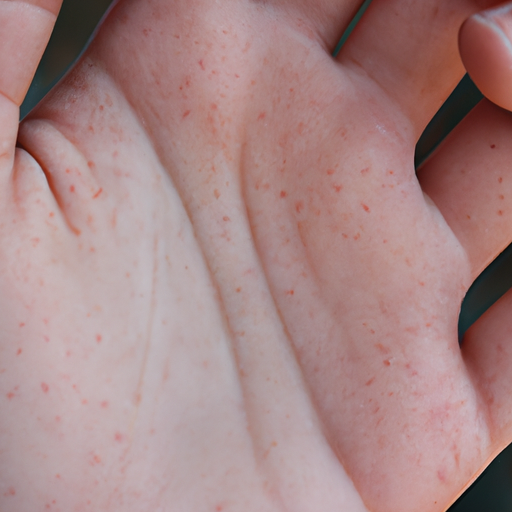As a dermatologist, I often find myself explaining the importance of skin exfoliation to my patients. It is a crucial part of any skincare regimen, and when done correctly, it can unveil a radiant, healthy complexion. This article aims to provide you with the ultimate guide to mastering skin exfoliation.
Exfoliation is the process of removing dead skin cells from the surface of your skin. Our skin naturally sheds these cells every 30 days or so, but sometimes, they don’t slough off as they should. This can lead to dry, dull skin, clogged pores, and blemishes. Regular exfoliation can help prevent these issues, leaving your skin looking fresh and radiant.
There are two main types of exfoliation: physical and chemical. Physical exfoliation involves using a scrub, brush, or other tool to physically remove dead skin cells. Chemical exfoliation, on the other hand, uses acids or enzymes to dissolve these cells.
Physical exfoliation can be beneficial for those with oily or thick skin. However, it’s essential to be gentle and not overdo it, as this can cause irritation and damage to the skin barrier. Opt for a scrub with smooth, round granules rather than jagged, rough particles to avoid scratching the skin. Alternatively, a soft brush or cloth can be used.
Chemical exfoliation is often better suited to those with sensitive or dry skin. Alpha hydroxy acids (AHAs) like glycolic and lactic acid are water-soluble and work on the surface of the skin to brighten and smooth. Beta hydroxy acids (BHAs) like salicylic acid are oil-soluble, penetrating deeper into the pores to unclog them and reduce breakouts. Polyhydroxy acids (PHAs) are similar to AHAs but have larger molecules, making them less irritating and suitable for very sensitive skin.
Regardless of the type of exfoliation you choose, it’s crucial to start slow. Begin with once or twice a week and see how your skin responds. If your skin tolerates it well, you can gradually increase the frequency. However, most people don’t need to exfoliate more than three times a week.
It’s also important to remember that exfoliation can make your skin more susceptible to sun damage. Always apply a broad-spectrum sunscreen with an SPF of at least 30 after exfoliating, even on cloudy days.
One common misconception is that exfoliation can help with severe acne. While it can unclog pores and prevent mild acne, scrubbing inflamed, severe acne can actually worsen the condition. If you’re dealing with severe acne, it’s best to consult a dermatologist for a tailored treatment plan.
Exfoliation is not just for the face, either. The skin on your body can also benefit from regular exfoliation. Use a body scrub or a brush in the shower to keep your skin smooth and healthy.
In conclusion, exfoliation is a powerful tool in your skincare arsenal. When done correctly, it can reveal a radiant, glowing complexion. However, it’s essential to listen to your skin and not overdo it. Start slow, be gentle, and always protect your skin from the sun. With these tips in mind, you’re well on your way to mastering skin exfoliation.



